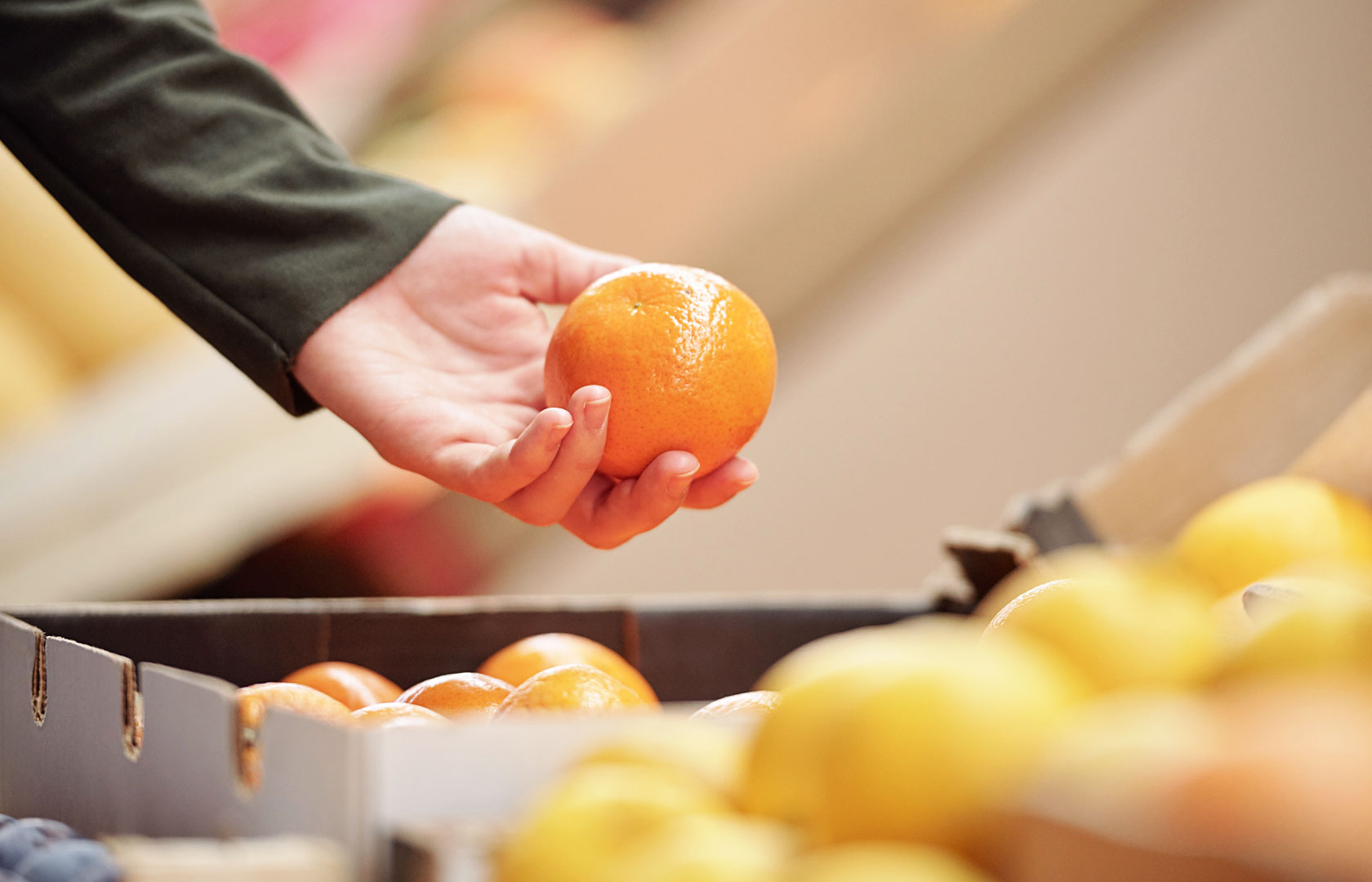Reducing the carbon footprint
Climate change is one of the biggest global crises we are facing. One of the most significant actions in the fight against climate change is to reduce CO2 emissions. Indeed, several companies, municipalities and countries have stated that they will aim for carbon neutrality in the coming years. The sustainable use of natural resources is the key in trying to achieve carbon neutrality. Woodly can help with this goal towards carbon neutrality, as Woodly product is both carbon neutral and recyclable. Carbon neutrality means that Woodly’s carbon footprint is zero – its production creates no CO2 emissions. Woodly is made of wood-based pulp that in itself sequesters carbon dioxide. All material chips of Woodly product are comprised of 40–60% biobased materials. In the future, the goal is to increase the amount of biobased materials in Woodly’s products. With Woodly, we can reduce the amount of fossil raw materials which helps us to secure the wellbeing of the Earth.
Read more about the carbon footprint in our upcoming blog posts:

Recycling materials to prevent climate change
Global warming, or the greenhouse effect, has increased since the industrial revolution. According to Intergovernmental Panel on Climate Change, we can still limit global warming to 1.5 degrees. This is also the goal of all the countries that have signed the Paris Agreement on climate change. One way to prevent climate change is to replace products made of nonrenewable raw materials with ones that are made of renewable raw materials. One example of products made of renewable materials are wood-based products such as Woodly. Recycling materials is also very important to prevent climate change. According to Tommi Vuorinen, the director of the research team in VTT, in order to reduce our carbon footprint, the recycling of materials is even more important than the use of biodegradable materials, because biodegradable materials release CO2 emission while degrading. Here you can read more about Tommi Vuorinen’s thoughts on the blog post The role of recyclable bioplastics in the fight against climate change.
We need to redefine consumption
According to the 2018 climate report of IPCC, we are approaching the ecological limits of consumption. There needs to be a change in people’s consumer habits to preserve our planet as livable. Petteri Lillberg, a market strategist, a consultant of business administration and a columnist of Markkinointi ja Mainonta magazine, wants to reimagine consumerism. He emphasizes that businesses need to meet the consumer’s expectations for the sustainability, ecological products, but the products must be accessible to all consumers. Everyone must have a possibility to make a sustainable choice and create a better ecological footprint. In this blog post you can read more about How to fight climate change through marketing?
More information on our upcoming blog posts
The greenhouse effect is a natural phenomenon that makes it possible for life to prosper on Earth. The name of the phenomenon comes from the fact that the atmosphere of the Earth works as a glass ceiling of a greenhouse, keeping the planet warm. As a result of human actions, the composition of the atmosphere is changing all the time and as a result, the climate is getting warmer. Increased global warming has many negative effects, for example, the sea levels are rising and there will be more draught as a result of unequally distributed rainfall. These have catastrophic consequences for biodiversity and living conditions on Earth. The good news is that we can still do something to prevent it.
Read more from our upcoming blog posts: